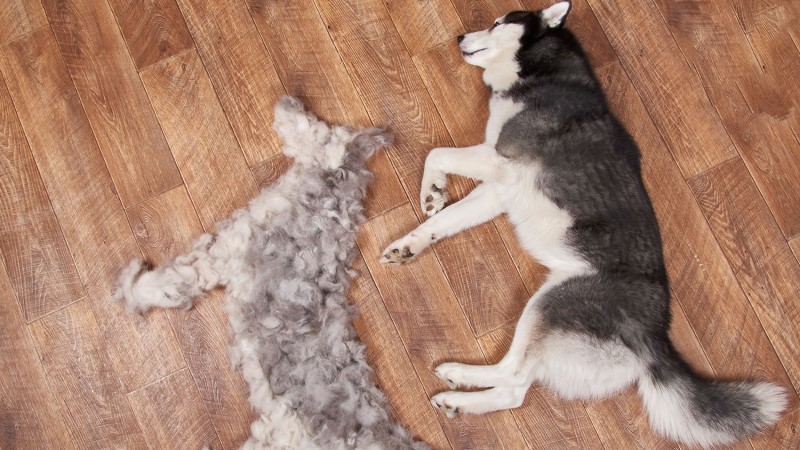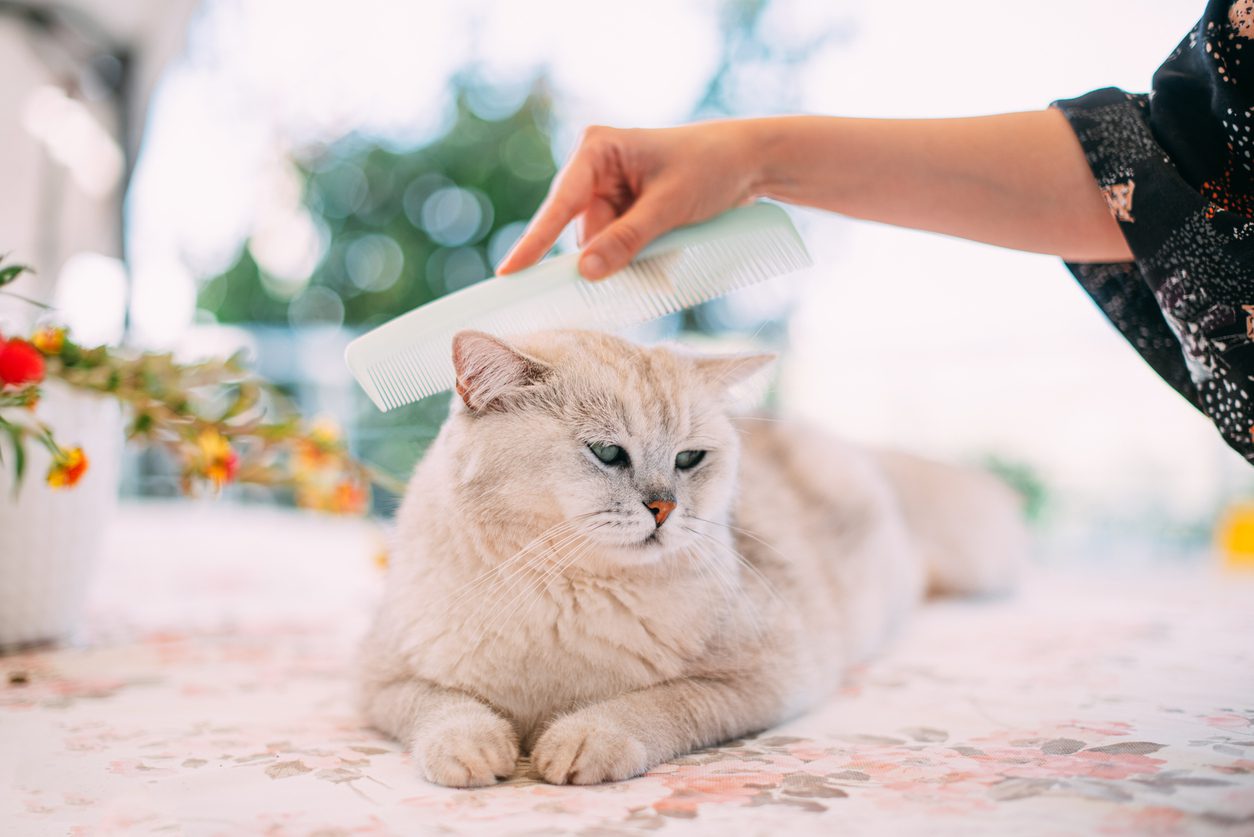Table Of Content

Once the paint starts to weaken, you can begin to separate it from your hair. It’s important for you to know which type of paint you’ve accidentally (or deliberately!) got into your hair. Only by having this information can you decide which paint removal method would be the most effective. One way to remove paint from hair is to shampoo the strands with a clarifying shampoo. This type of shampoo is designed to remove build-up from the hair, and it can also help to loosen and remove paint particles. We’ll walk you through the steps to removing all that unwanted paint from your hair.
How To Practice Self-Advocacy in the Workplace (Go-to Guide)
If the paint is still wet, you can simply shampoo your hair as usual and the paint should come right out. Work up a lather using warm water and shampoo and apply it to wet hair. Allow the product to sit for 10 to 20 minutes before washing it off. Massage a good amount of vinegar into your hair, making sure the painted strands are completely soaked.
Complete Guide to Getting Back Your Energy
You can do this with your nails or use a fine-toothed comb. Just locate the blotches of dried pain and scratch with your. Then run a fine-toothed comb to get the loose pieces of paint out. In theory, they could be wiped on with a rag (and gloved hands). Then they should be rinsed and washed off right away to remove the chemicals and the paint with it as soon as possible. However, once the paint is dry, it has more strongly adhered to the pores of your hair and becomes more difficult to remove.
How to Remove Latex-Based Paint

Apply a deep conditioning treatment to nourish and hydrate your locks. Additionally, wear old clothes that you don’t mind getting dirty in case of any accidental spills or splatters. Accidentally getting paint in your hair can be a frustrating experience. I have been writing about random topics on the internet for over a decade. I am the type of person that knows a lot of random useless stuff and have no problem keeping a conversation or talking to strangers anywhere around the world.
How to remove stubborn Holi colours from skin and hair - The Times of India
How to remove stubborn Holi colours from skin and hair.
Posted: Fri, 09 Apr 2021 07:00:00 GMT [source]
The second option to try involves products that are likely to be lurking in your kitchen and bathroom… dish soap and toothpaste. Dish soap can be applied to your hair (along with water), and with strenuous rubbing can remove paint from your hair. It’s abrasive properties can help to break down the paint, allowing it to be washed away with shampoo. Water-based paint, such as acrylic or latex, is typically the easiest type of paint to remove from hair.
Dish Detergent Or Clarifying Shampoo
Before you even attempt to dye your hair at home, always read through the instructions included in the box. Once you’ve completed that, you can start the color process. Check out our guide to walk you through each step of the process. This will get any dried-up or loose paint out of your hair. In short, that’s everything you can do to get oil-based paint out of your hair.
So it is best to consult a professional stylist or a dermatologist for advice on how to safely remove the paint from your hair. Just pour it into a bucket and use that hot bucket of water to wash your hair with it. While the paint is still wet, pour this mixture over it.
What if I Don’t Know the Paint Type?
By following these steps, you’ll effectively bid farewell to that unwanted paint in your hair, restoring your tresses to their former glory. Of course, this depends on the type of paint you had in your hair and what you used to get rid of it. If you managed to get the paint out using shampoo or water, you shouldn’t have too much of an issue.
Consider Using Peanut Butter to Remove the Paint
This method is highly successful when there isn’t a lot of paint to eliminate. Both wet and dry techniques can be used to achieve the intended effects. Using this procedure is preferable if you only have a few spots of paint on your hair rather than a full head. It would be impossible to remove everything with your nails. By taking these preventative measures, you’ll significantly reduce the likelihood of finding yourself in a hair-raising paint predicament again. Remember, post-removal care is just as crucial as the removal process itself to keep your hair looking its best.
Repeat the process as needed until all the paint is removed. If you use an excellent conditioning treatment to repair damage and boost volume, your hair will be healthier, stronger, and shinier. A good conditioning treatment from a salon or pharmacy might be expensive. Even while the first few wipes are not helpful to remove the paint, you should be able to see the paint begin to come off with each wipe. It’s better to use these strong chemicals to get rid of the paint than to try to rub off the paint.
The trick is using a few basic things you can get around your house and knowing what kind of paint you’re trying to remove. With the proper knowledge and tools, you can remove paint from your hair painlessly. Many people tend to use toothpaste for removing paint from their skin and it does work in that manner. The good news is that you have dozens of natural ingredients at home that can help you remove paint from your skin. Removing acrylic is an easy and straightforward process. It doesn’t matter if your hair is blond or any other color.
Removing paint from your hair can cause your strands to become dry and damaged. This can affect how well your hair grows and can cause damage and breakage. Because peanut butter is made primarily of oil, it will help to break down oily substances that have gotten tangled up in your hair – in this case, paint.
The easiest way to remove water-based paint is by using a mixture of vinegar and water. For example, you can mix one cup of white vinegar with four cups of water. Apply this paste to dry (or almost dry) hair, starting at the ends and working your way upwards. Massage the mixture into the hair and cover it with a shower cap, plastic bag, or plastic wrap. Allow this moisturizing mixture to sit on your hair for at least ten to fifteen minutes. Baby oil or mineral oil is a great option to use when trying to remove oil-based paint from the hair.
Alternatively, use another of the methods below to remove oil-based paints from your hair. Consider following up any method with a bit of dish detergent or clarifying shampoo to wash the hair clean of residue. Wall paint, typically latex-based, can be removed from hair using a similar method as latex paint. Create a gentle cleaning solution by mixing warm water with a small amount of dish soap. Like other forms of paint, it can form clumps on individual hair strands to resist combs and brushes. However, because acrylic paint is water based, shampoo and oil can make it easier to remove without hurting your scalp or damaging your hair in the process.






